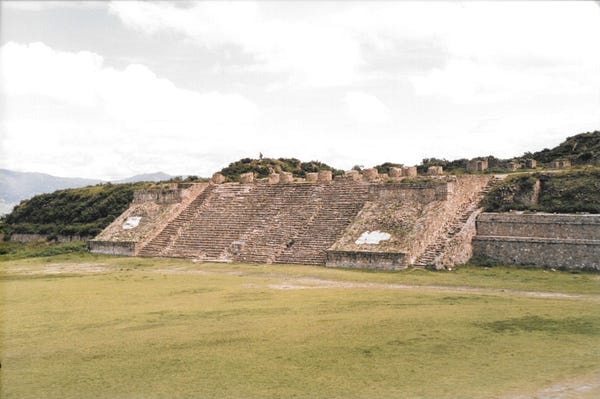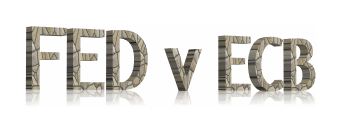It’s no exaggeration to say that our way of life depends on somebody somewhere saving us from the excesses that are the bedrock of our way of life. What excesses, you ask? There are none. This is true in one sense: all the excesses have been normalized by previous “saves”: whenever the bedrock excesses threaten to collapse under their own weight, the Federal Reserve or the Federal government rush in to save us from the excesses they’ve created.
Stripped of artifice, the bedrock excess that has been completely normalized is to goose consumption by borrowing from future earnings and resources. As long as growth is eternal, this works great: we can always pay more interest on ever-expanding debt with future earnings because those will be inevitably be even larger than the interest due.
Creating money out of thin air is another mechanism that achieves the same goal: goosing consumption via boosting the value of assets to generate a “wealth effect” that lifts all boats. This is also predicated on the eternal expansion of earnings, so wage earners can afford to consume as new money ceaselessly devalues the purchasing power of existing money (what we call inflation).
The problem is these “saves” only work if the interest rate is eternally near-zero and the costs of production are eternally declining: as long as it costs almost nothing to borrow more money into existence and production costs continue to drop, enabling consumers to afford more goodies even as the purchasing power of their wages declines, then all is well.
…click on the above link to read the rest…











